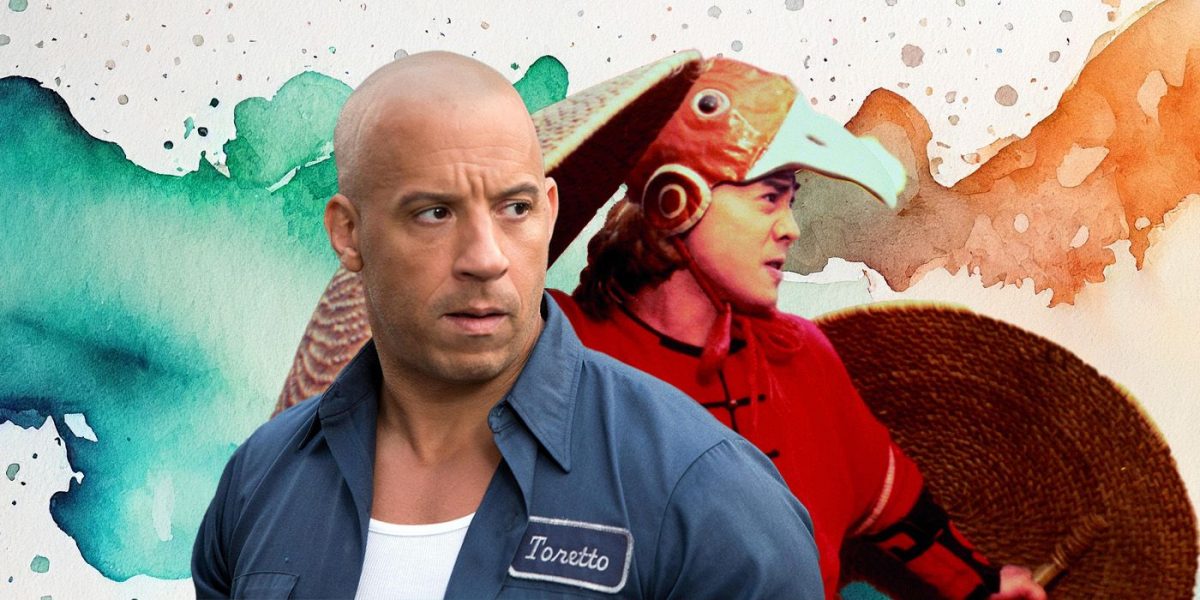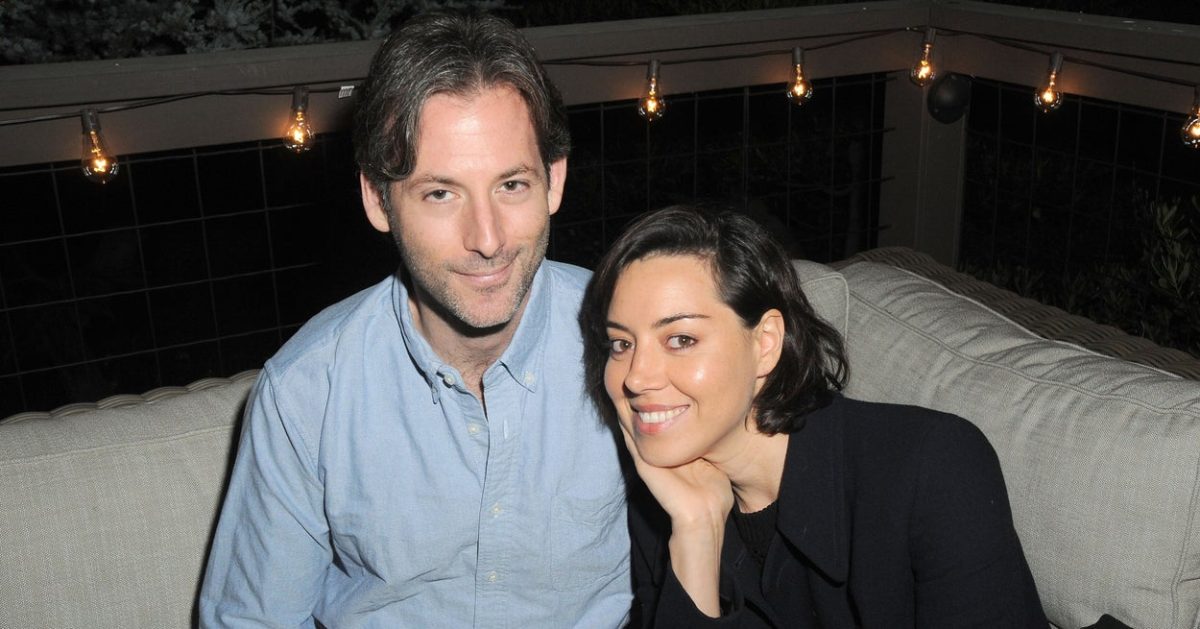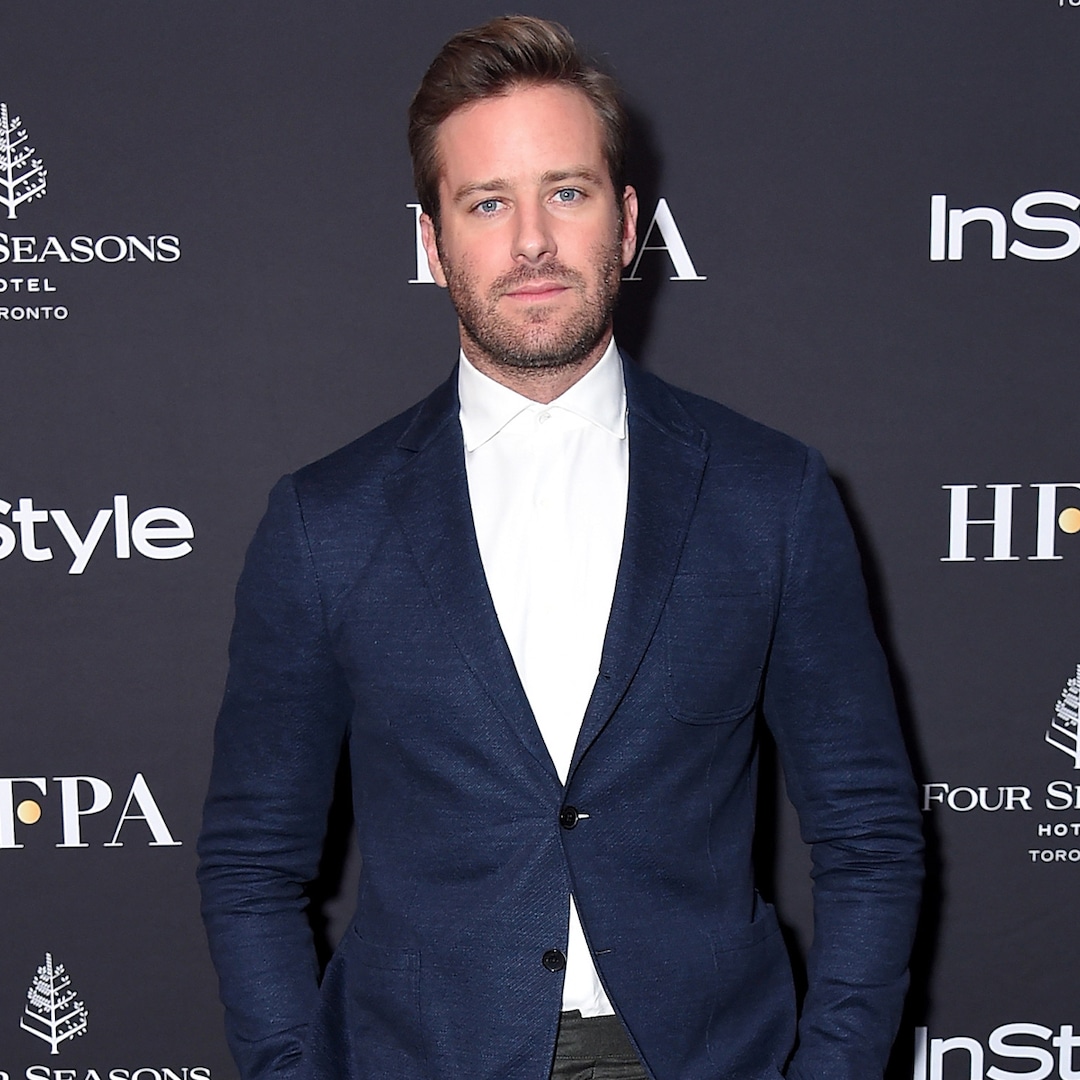
These Action Movies Beat the ‘Fast & Furious’ for Longest Franchise
Feb 26, 2024
The Big Picture
The Wong Fei Hung franchise, with over 80 films, holds the record for the longest movie franchise.
The authentic kung fu style of the Wong Fei Hung series separates it from fantasy-heavy action franchises.
Wong Fei Hung’s realistic approach to martial arts resonates with viewers, celebrating Chinese culture.
Hollywood cannot credit itself without applauding the tremendous success of beloved franchises like Star Wars, Harry Potter, Mission: Impossible, the Marvel Cinematic Universe, Jurassic Park, and James Bond. Movie franchises draw long-time fans back into theaters annually, and nowadays, giant studios spend most of their millions on producing films within these film series as a “safer” route. Fast and Furious, one of the most popular action franchises in showbiz, is just as profitable as it is addictive, but this electrifying, car-chasing collection can’t hold a candle to the longest franchise of all time.
While the cinematic kung fu genre boomed to popularity in the 70s, there is one film that is deemed to be the first kung fu movie to represent the realistic style of martial arts in an authentic setting. Released in 1949, The True Story of Wong Fei Hung: Whiplash Snuffs the Candle Flame started the phenomenon of the Wong Fei Hung series, which is about the famed folk hero of Southern China. The franchise was produced in Hong Kong and ran up until the 1970s. Legendary actor Kwan Tak Hing, who supposedly resembled the hero in demeanor and looks, portrayed the notorious martial artist in over eighty films and became interchangeable with the character’s reputation. According to the Guinness World Records, the Wong Fei Hung films stand as the longest franchise in the world, beating F&F’s twelve iconic movies in more ways than just its action genre.
The True Story of Wong Fei Hung: Whiplash Snuffs the Candle Flame Release Date October 8, 1949 Director Peng Hu Cast Tak-Hing Kwan , Tat-Wah Tso , Lan Lee , Siu-Tin Yuen Runtime 72 minutes Writers Yu-Chai Chu , Yat-Siu Ng
What is the ‘Wong Fei Hung’ Franchise All About?
Image via Hong Kong Film Archive
Born in 1847, Wong Fei Hung was not only a master in martial arts, but he was also a respectable physician of traditional Chinese medicine. The folk hero specialized in the hung ga style of Chinese martial arts and only resorted to fighting when necessary, according to an article in the South China Morning Post. Wong’s legacy has been engraved into pop culture through media adaptations like films, TV series, and radio shows, with the most well-known depiction seen within the Wong Fei Hung franchise.
The idea for the series came about when Director Wu Pang, who directed more than fifty Wong Fei Hung films, read a newspaper article about the martial artist during a ferry boat ride in Hong Kong. At the time, wuxia films were the trend (movies that illustrate martial artists flying through the air or using magic to fight). Pang aspired to showcase the realism of Wong’s fighting style without using wirework or even traditional acrobatics from the Peking Opera, as stated in The Criterion Collection. The director opted for long takes and long shots. He avoided cutting or zooming effects, which would later become a staple of kung fu films. The first film of the series, The Story of Wong Fei-hung: Whiplash Snuffs the Candle Flame, marked the beginning of the long-lasting franchise that went on to inspire renowned action stars Jackie Chan and Jet Li to portray the modest life story of Wong Fei Hung in several industry-defining films. However, earlier generations associate the character of Wong with the famed acting performances of Kwan Tak Hing.
As per South China Morning Post, Kwan, born in 1905, played Wong in almost every Wong Fei Hung film until the 70s. He formed his own opera company at just twenty-two and toured the USA. When he returned to Hong Kong, he was scouted by Wu Pang for The Story of Wong Fei-hung, kickstarting his silver screen career. The first installment sets up the tone for the whole franchise, following Wong and the members of his Po Chi Lam martial arts school who must rescue a young woman held against her will by her husband’s boss. Wong’s philosophy is seen in all the films as he voices himself as a peacemaker. He tells his students that they should only do martial arts for personal, mental, and physical development. The film is most famous for the mesmerizing lion dance at the start of the movie and its authentic choreography that was said to have been passed down to the stuntmen who had lineage from legendary martial artists such as the Ten Tigers of Guangdong.
Kwan Tak Hing embodied the folk hero to the ‘T,’ even referring to himself as Wong in public. With the help of director Wu Pang and Kwan, the duo revived the “kung fu” genre and created Hong Kong cinema’s fabled superhero in all of his raw talent. The second installment of the Wong Fei Hung series, The Story of Wong Fei-hung, Part II: Wong Fei-hung Burns the Tyrant’s Lair, was said to have survived only partly intact but was later found locally in 2011, as recorded in the Hong Kong Film Archive.
Why Does the ‘Wong Fei Hung’ Series Stand Out From Other Action Franchises?
The former director of the Hong Kong International Film Festival, Roger Garcia, stated in an interview, “The kung fu practiced in the Wong Fei Hung films is real kung fu.” The biggest reason why the Wong Fei Hung franchise was so successful was that the films symbolized authentically Cantonese culture by incorporating the Cantonese dialect, tea houses, folk songs, firecrackers, lion dances, dragon boats, and most importantly, raw kung fu styles. The series captured the beauty behind martial arts — the hard work and dedication that is required for every fluid movement. Director Wu Pang stayed faithful to his vision with the fifty-some movies he directed and never leaned into a fantasy element regarding the fighting sequences, and this is exactly what separated the collection from the dominating wuxia genre.
Wong’s story resonated the most with the Hong Kong working-class viewers. He represented a hero for the common people who fought for justice, and the natural framework of his martial arts, practiced by real masters in the series, celebrated Chinese culture without exaggerated theatrics. Whenever the fight scenes take place, they are always fresh, gripping, and mesmerizing to watch. For instance, there is a mass fighting scene in the first movie where two characters are fighting on a balcony. The entire shot is filmed from a bird’s eye point of view. A Tchaikovsky score swells as the motion is blurred softly, but the scene, outdated by today’s standards of action filming, elegantly demonstrates just how intricate real kung fu is meant to be perceived without any special effects.
With action franchises like Fast and Furious, the first few installments also try to portray street racing in a realistic yet stylish format. But as the series progresses, the movies take a chance to experiment with over-the-top action stunts, blurring the lines between the actuality of car chases and heists. Freelance reporter Ken Li, the man whose urban drag racing articles inspired the F&F series, commented on the changes he spotted throughout the films in an Independent article, “I saw a lot of them. It [the franchise] got increasingly crazier when it went along: cars were flying in the air and suddenly guys were bulkier and more oiled. And there were more guns, which I’d never really encountered.”
Similarly, when the Wong Fei Hung franchise went on a hiatus in 1967, the franchise returned three years later with a new choreographer, Simon Yuen, who changed the realistic fighting approach by combining it with faster editing, wirework, and trampolines. As per the Criterion, these modifications did help revive the genre, although the Wong Fei Hung series quickly came to an end in 1970 when Kwan Tak Hing announced his semi-retirement from acting. Wong Fei-hung: Bravely Crushing the Fire Formation was the last film Kwan played Wong until he appeared again as the folk hero once more in Dreadnaught (1981). The role of Wong Fei Hung continued to grace cinemas in several Kwan-less productions — the most famous being the blockbuster Once Upon a Time in China (1992), starring Jet Li.
It’s unmistakable that Wong Fei Hung has Fast & Furious’s 12 film count beat by miles long in legacy and longevity. The franchise paved the way for Hong Kong cinema to educate audiences on the intimate art of kung fu, its traditions, and how it should read on camera. The groundbreaking, longest franchise remains an iconic symbol of the Chinese film industry, enticing action fans to revisit the class series!
Publisher: Source link
Aubrey Plaza Issues Statement After Jeff Baena’s Death
The 40-year-old star and Jeff’s family issued a statement to People on Monday, where they called their loss an “unimaginable tragedy.”The Los Angeles County coroner’s office previously determined that Jeff died by suicide in his LA home. He was 47…
Jan 10, 2025
Jill Duggar’s Husband Clarifies Where He Stands With Jim Bob Duggar
Jessa Duggar (m. Ben Seewald)Jim Bob and Michelle's fifth child, Jessa Duggar, was born Nov. 4, 1992. Jessa met Ben through church and he began courting her in 2013—the old-fashioned approach to romance coming as a brand-new notion to a lot…
Jan 10, 2025
The Internet Has Officially Lost It Over Andrew Garfield's Slutty Glasses
That man knew exactly what he was doing with those glasses.View Entire Post › Disclaimer: This story is auto-aggregated by a computer program and has not been created or edited by filmibee.Publisher: Source link
Jan 9, 2025
Armie Hammer Lands First Movie Role Since Cannibalism Allegations
Armie Hammer Cameos As “Kannibal Ken” in Music Video 4 Years After Cannibalism ClaimsArmie Hammer is heading back to the big screen. More than one year after the Los Angeles Police Department ended their lengthy investigation into the Call Me…
Jan 9, 2025











